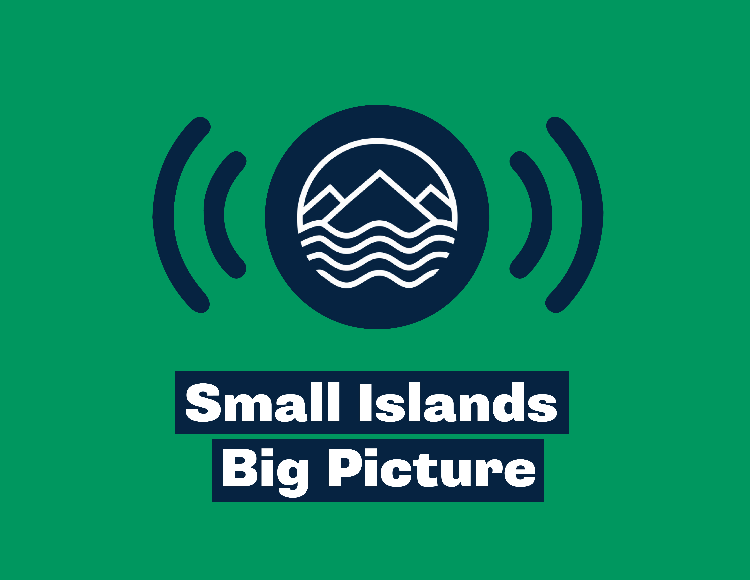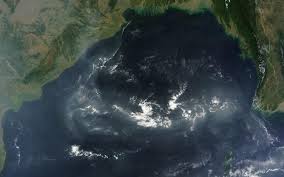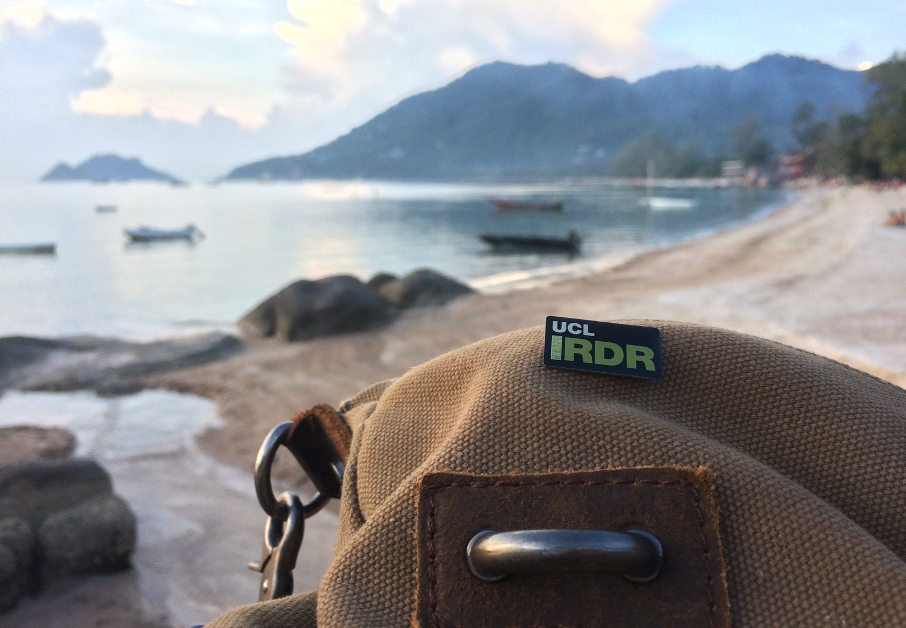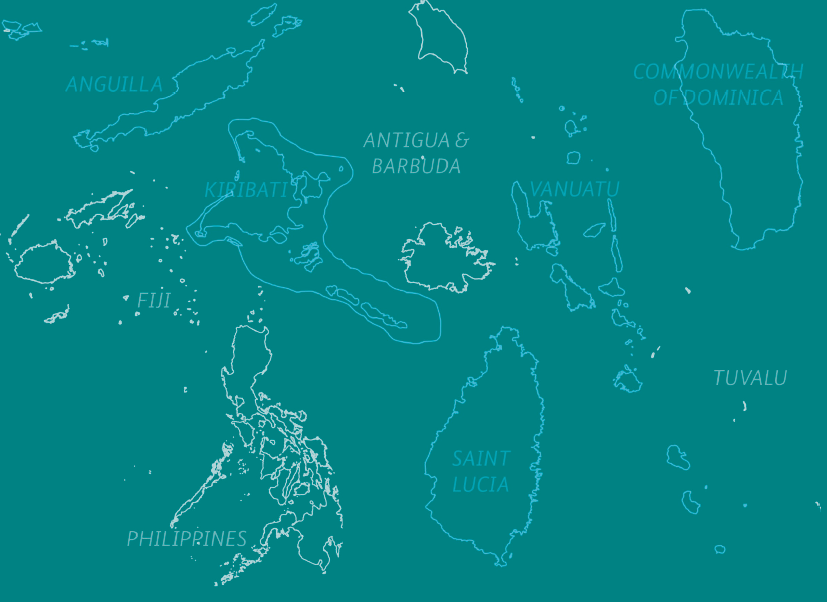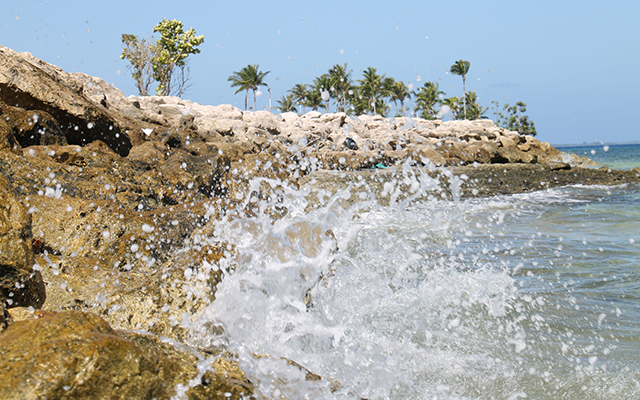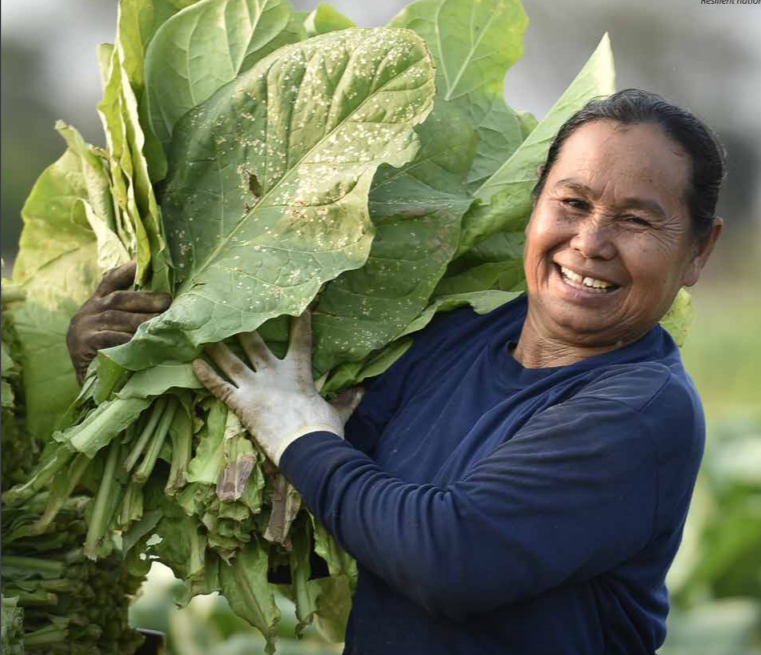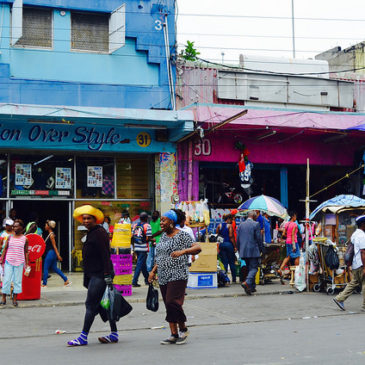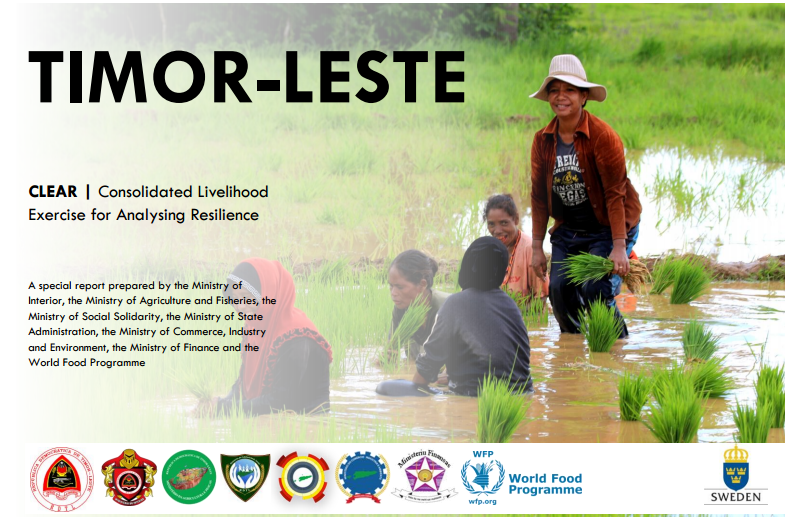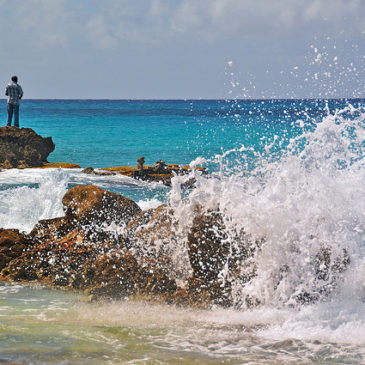Theme
Small Islands and Climate Change
This theme curates information on the impacts of climate change on islands and the many approaches and activities that island inhabitants have done to respond to these impacts.

Environmental Linkages to Population Health and Wellbeing in Coastal Areas of the Bay of Bengal (EnHealth-BoB)
EnHealth-Bob is a network created among stakeholders in the Bay of Bengal to link information and data from both public health and climate change domains, to promote appropriate policy action plans.
Assessing Accommodation Suppliers’ Perceptions of Climate Change Adaptation Actions on Koh Phi Phi Island, Thailand
This study explores perceptions of adaptation and investigates possible obstacles, barriers, and incentives influencing decision-making processes in an island destination.
A review of mental health and wellbeing under climate change in small island developing states (SIDS)
This paper reviews research about mental health and wellbeing under climate change in small island developing states (SIDS).
Home Lands: Island and Archipelagic States’ Policymaking for Human Mobility in the Context of Climate Change
This report provides an overview of how human mobility in the context of climate change (HMCCC) fits into the policy landscape of nine island and archipelagic countries.
Climate change, ecosystem services and migration in the Marshall Islands: are they related?
The Marshall Islands experience severe climate impacts and high emigration rates. However, we do not know to what extent people migrate because of climate change. This paper addresses this gap.
Local Solutions: Adapting to Climate Change in Small Island Developing States
This report brings together case studies that highlight how CBA projects have helped to increase the adaptive capacities of local communities in SIDS.
From the ground up: How communities can collaborate to drive local adaptation and influence the national agenda
This analysis from CDKN identifies a series of approaches to help community-level organisations to increase climate resilience in the Caribbean.
Timor-Leste: Consolidated Livelihood Exercise for Analysing Resilience
This document provides an overview of the ways in which climate and livelihoods interact in the country. A special section on El Nino impacts is also included.
Climate impacts on agriculture and tourism: The case for climate resilient investment in the Caribbean
An analysis of 10 years of climate change research in the Caribbean found that sectors that are vital to regional economic development are vulnerable to climate change and its impacts.
